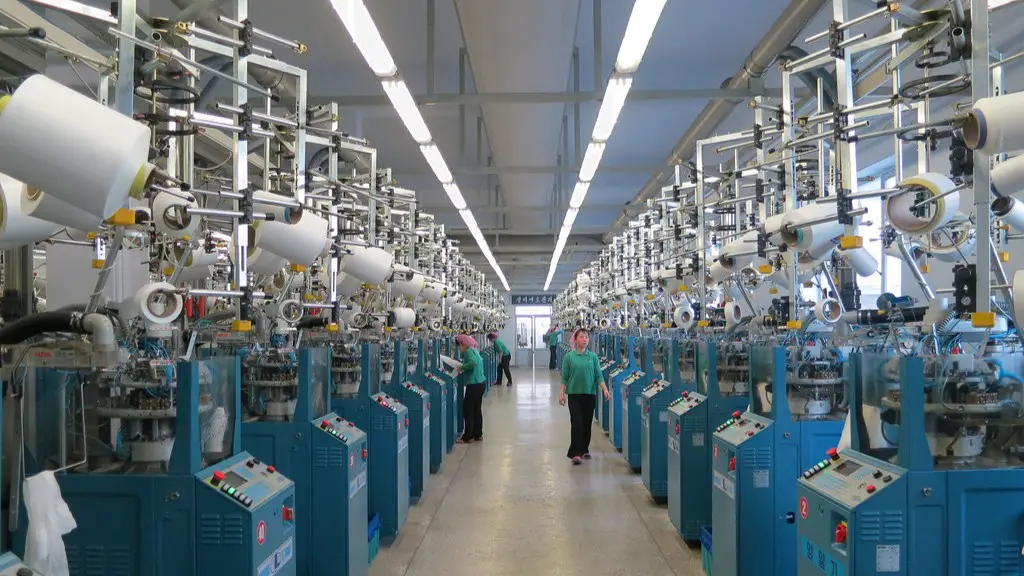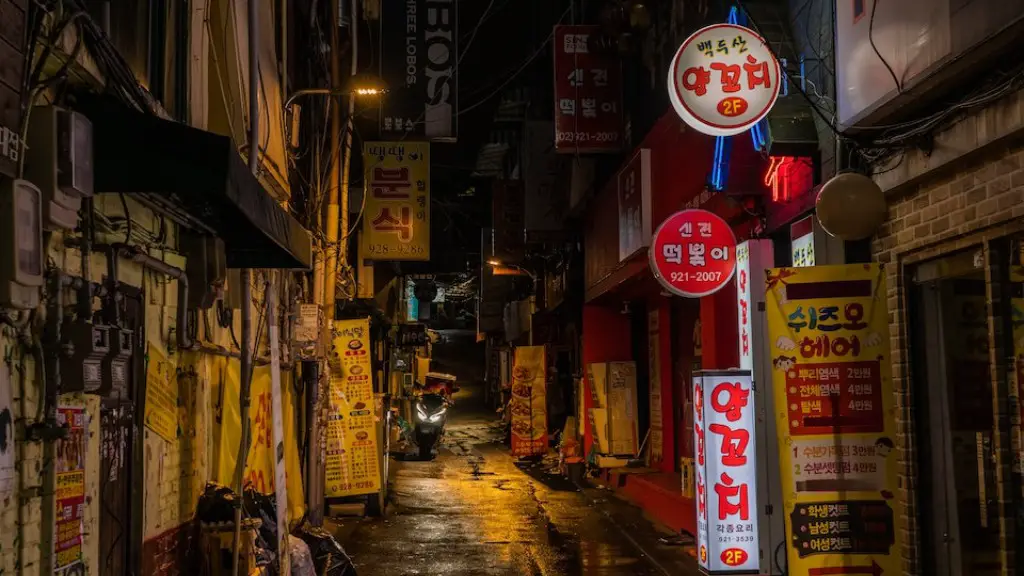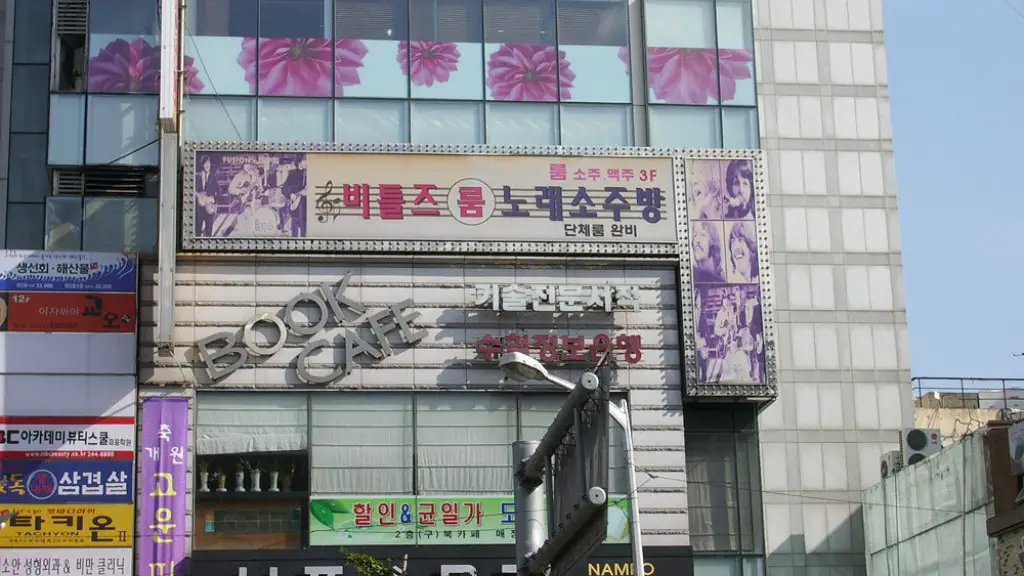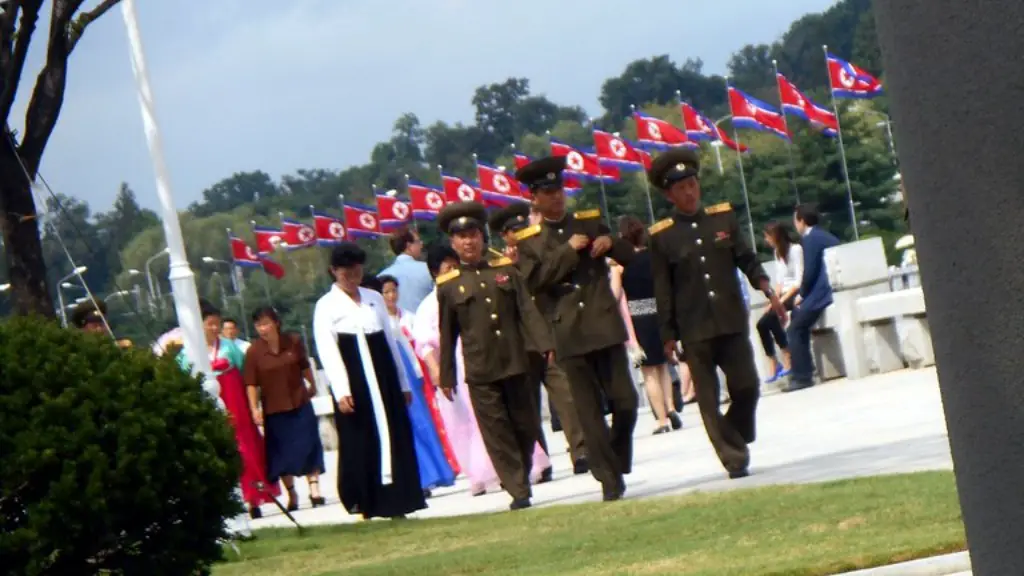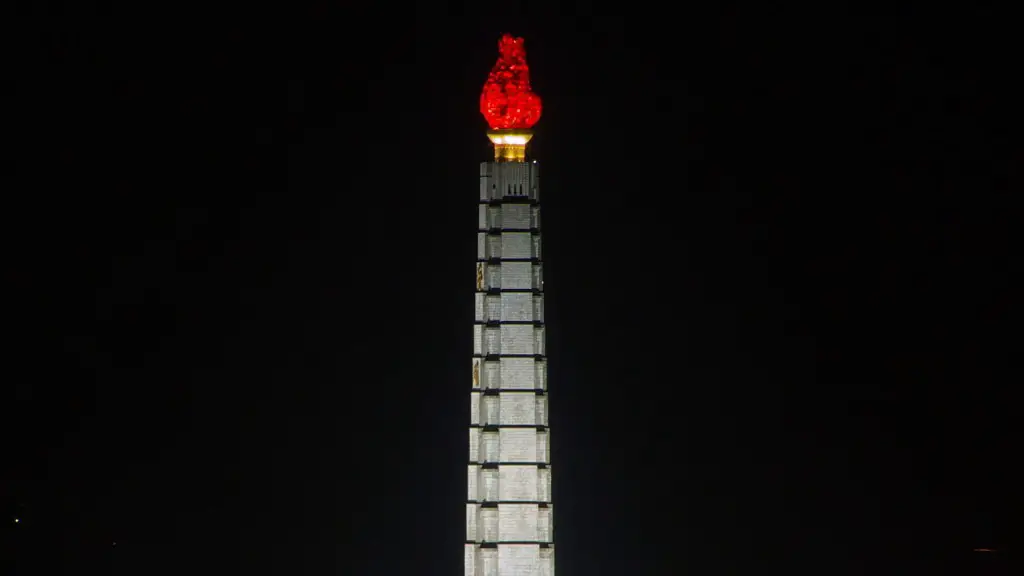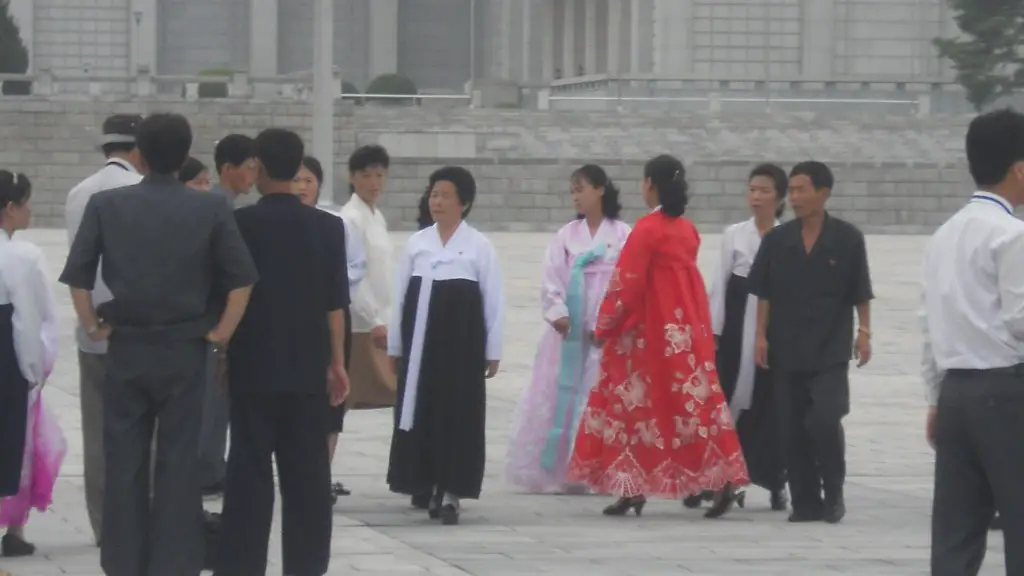Economic Reform
North Korea has been making strides in economic reforms for some time now, though these efforts remain very slow in comparison to many of its neighbors. The 2018 New Year’s address from leader Kim Jong Un made the case for foreign investment to the isolated nation and for a focus on light industry development. In reality, a large percentage of North Korea’s income still comes from reliance on economic assistance from China and from mysterious “illegal” activities, according to experts.
The U.N. Security Council blacklists imposed in 2017 limited North Korea’s coal export capabilities, as well as its imports of refined petroleum products and natural gas liquids. As such, many of the government’s attempts to increase revenue, such as the practice of illegal ship-to-ship transfers, prove difficult to act upon given its isolated status. Despite these limitations, North Korea managed to achieve a 5.1 percent increase in its economy in 2018 according to South Korea’s Bank of Korea, a statistic which the government credits to efforts in increasing electrical power, railroad and highway construction.
There have been notable steps made in the nation’s infrastructure, as well. Its capital city, Pyongyang, has seen many of its buildings refurbished in recent years, as well as a new airport terminal. Pyongyang also now hosts its first international marathon and many international landmarks, such as Shanghai-style business centers.
While North Korea has made advances in its economic capabilities, heavy sanctions launched by the U.N. Security Council remain in place and the country’s economy is still far from booming.
Military Expansion
North Korea continues to prioritize its military. It continues to upgrade its growing arsenal of missiles, believed to be used by the government as a bargaining tool at the negotiating table with the United States and its allies. The 2018 intercontinental ballistic missile (ICBM) tests were of particular concern as they sent two missiles to the Sea of Japan and then again to the Sea of Japan in November, just days after the Korean peninsula held a historic summit in Pyongyang.
In recent months, the Kim administration has continued to show off its military power—particularly to the United States—through larger-scale tests of its missiles, such as last year’s launches of inter-continental ballistic missiles. This power shift has been met with an increase in defense systems by the United States and its allies, such as the Terminal High Altitude Area Defense (THAAD) System, and joint military drills.
The military barrages have prompted the United States to message North Korea with an ‘all stick, no carrot’ policy. This results in North Korea pushing back against the United States’ demands, such as the complete and verifiable denuclearisation of the Korean Peninsula.
International Diplomatic Relationships
North Korea has been reaching out to the rest of the international world, including a meeting with China’s President Xi Jinping in May last year and later inviting South Korea’s leader Moon Jae-in in September 2018 to discuss the denuclearization of the Korean peninsula. Though these movements display positive will for diplomacy and reduce tensions, the nations’ respective policies remain quite different and all parties’ positions have not discernibly improved.
The U.S. diplomatic strategy has been seen as being aggressive and one-sided, despite a historic summit between President Donald Trump and Kim Jong Un in Singapore in June 2018. Trump later tweeted the two had a good relationship, though suspicion still remains between the two nations.
Trump has maintained that the U.S. will not lift sanctions until North Korea has fulfilled the demands set forth in the Singapore Declaration, which has yet to be realized. North Korea has also accused the U.S. of untrustworthy behavior, claiming the U.S. wants to only “[extract] unilateral and forced nuclear disarmament from North Korea”. Despite these difficulties, the two leaders have continued to exchange letters and North Korea has continually indicated its willingness to return to negotiations.
Peacekeeping Efforts
At the beginning of this year, North Korea dismantled its only inter-Korean liaison office, after only six months of its opening. The office was seen as a way for the two countries to create trust and take steps toward peace. North Korea’s closing of the office gives off an air of distrust between the divided neighbors.
Pyongyang has suggested on different occasions that it wishes to raise inter-Korean exchanges, but Seoul’s efforts to move peace negotiations along have been limited by Washington. This has led to North Korea to shift its attention to economic reform and ways to circumvent international sanctions.
Internationally, North Korea has been continuing its diplomatic efforts with China, Japan and the United States. Its recent summit with Russia signaled an attempt to build a powerful, multipolar axis that can counter the United States’ abilities. These meetings indicate North Korea wants to explore new negotiating strategies with other players in the international stage, and to influence the United States’ agenda in the region.
Humanitarian Conditions
North Korea has suffered from years of poor treatment of its people, and has made little progress in the way of changing how it administers its population. Despite reports of slight improvements in living standards, famine and severe poverty still remain prevalent in the majority of North Korea, with public education and healthcare in poor conditions.
In December 2018, North Korea released a report claiming that average North Koreans had received increases in wages as a result of economic reforms, as well as improved living standards. Other reports point to the reality that inflation remains high and that wages are not growing at a satisfactory rate. North Korea’s most vulnerable populations, the elderly and children, still face desperate situations.
The most common issue for the people of North Korea is a lack of food and emergency aid. According to the U.N., 70 percent of North Koreans are suffering from malnutrition and extreme poverty. An estimated 40 percent of the population is in need of emergency food aid, though international organizations have made clear the difficulty in delivering aid due to closed military borders.
Public Image
Until just recently, the international community had been largely unaware of the inside happenings of North Korea. The 2018 summit between South and North Korea provided the world an image of the two nations that had been missing until that point. The photographs of the two leaders walking side by side, smiling, were a moment that the two country’s had been missing until that point.
The U.S.-North Korea summit had the world in awe, as both leaders stared over the Singapore skyline and the chaotic but peaceful pandemonium that the summit created. Many have asserted that the summit projects the mood that Kim Jong Un is willing to make changes for the nation, though others remain skeptical.
Social media outlets such as Twitter and Instagram have turned North Korea into a jovial character, complete with blogs, memes and funny posts devoted to Kim Jong Un and his photogenic family. North Korea still has a way to go to remain socially modern, but this newfound public image could eventually facilitate technology exchanges.
New Proposals
Kim Jong Un is proposing to the U.N. Security Council the easing of sanctions—a move interpreted as a bid to receive more foreign investment. He continues to call for the dismantling of nuclear weapons and the peace treaties with the U.S. and South Korea. Other than strictly a self-defense policy, North Korea’s military strategy has included a focus on developing nuclear weapons as a deterrent.
In November 2018, North Korea took steps to make strides in reunification with South Korea by taking its first steps in building a new railway station. This move shows North Korea’s dedication to a commitment of decreasing tensions and for engagement between the two Koreas. Likewise, in March 2019 the two had been in talks of de-mining a jointly controlled area near their border.
Though Kim Jong Un hopes to increase relations with the world on the proviso that North Korea’s developed nuclear capability is accepted, it remains to be seen what will come of it in the coming weeks and months. North Korea’s international relationships stand on a precipice and are yet to be determined.
